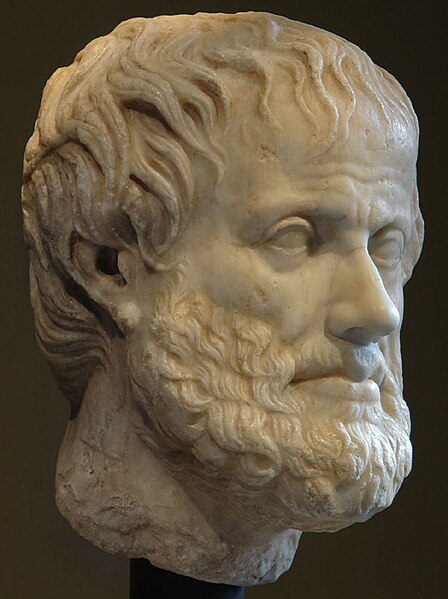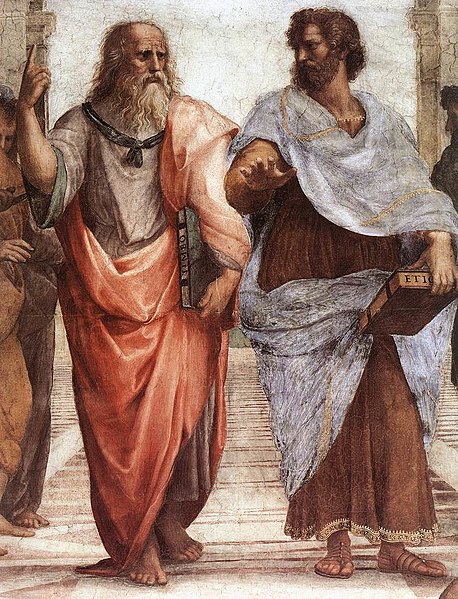The Arthashastra is an Ancient Indian Sanskrit treatise on statecraft, political science, economic policy and military strategy. Kautilya, also identified as Vishnugupta and Chanakya, is traditionally credited as the author of the text. The latter was a scholar at Takshashila, the teacher and guardian of Mauryan emperor Chandragupta Maurya. Some scholars believe them to be the same person, while a few have questioned this identification. The text is likely the work of several authors over centuries. Composed, expanded and redacted between the 2nd century BCE and 3rd century CE, the Arthashastra was influential until the 12th century, when it disappeared. It was rediscovered in 1905 by R. Shamasastry, who published it in 1909. The first English translation, also by Shamasastry, was published in 1915.
Rediscovered c. 16th century Arthashastra manuscript in Grantha script from the Oriental Research Institute (ORI) which was found in 1905
Fanciful portrait of Chanakya illustrating Shamasastry's 1915 translation of the Arthashastra.
Politics is the set of activities that are associated with making decisions in groups, or other forms of power relations among individuals, such as the distribution of resources or status. The branch of social science that studies politics and government is referred to as political science.
The Greek philosopher Aristotle criticized many of Plato's ideas as impracticable, but, like Plato, he admires balance and moderation and aims at a harmonious city under the rule of law.
Women voter outreach (1935)
Plato (left) and Aristotle (right), from a detail of The School of Athens, a fresco by Raphael. Plato's Republic and Aristotle's Politics secured the two Greek philosophers as two of the most influential political philosophers.
Legislatures are an important political institution. Pictured is the Parliament of Finland.






